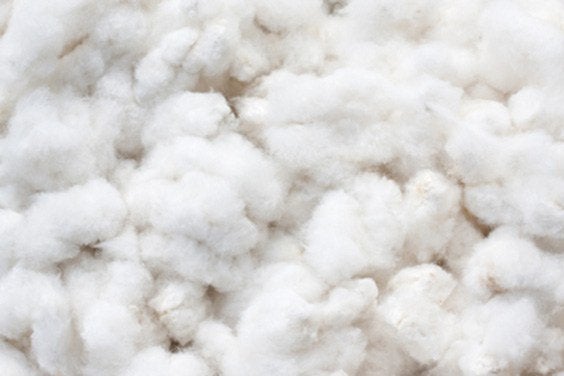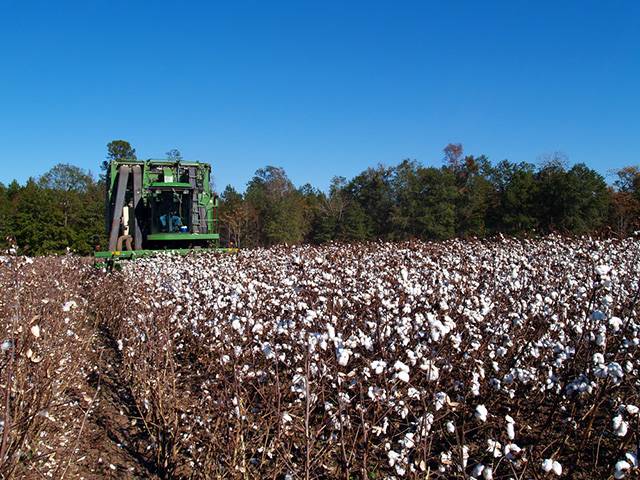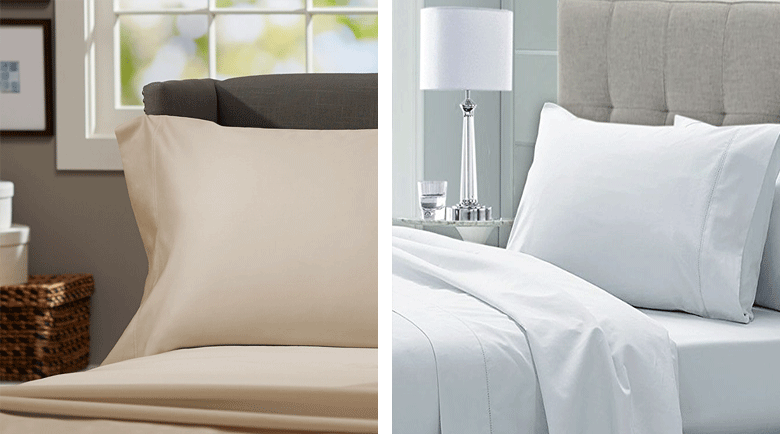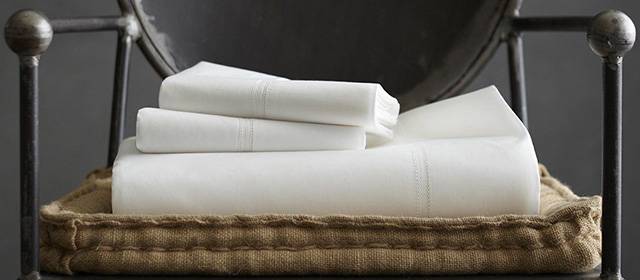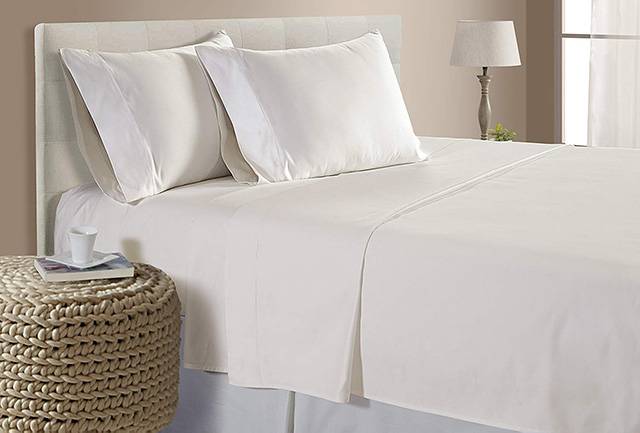
And when it comes to sheets, there are often terms that confuse people, pushing them into a bubble of terminology that doesn’t make sense. Like, what is the difference between Pima and Supima cotton sheets, anyway?
What Is Pima Cotton?
Pima is one of the most qualitative types of cotton out there, make with long and durable fibers. Pima cotton fibers are very soft to the touch and are normally 50 percent longer compared to the fibers of other materials.
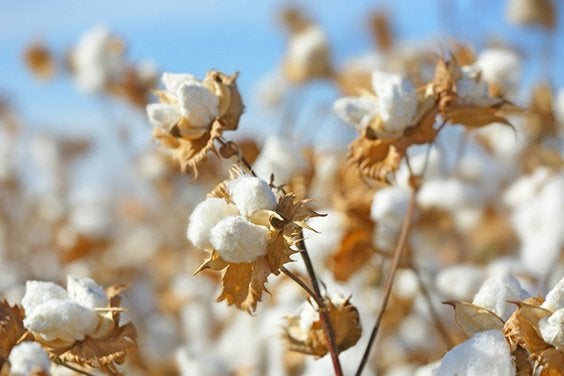
This type of cotton is typically grown in Peru, Australia, and certain regions of the United States. However, only three percent of all the international Pima cotton in the US, so the fact that it’s pretty scarce also makes it more desirable.
Pima is a type of extra-long staple cotton, known for its superior quality. In case you’re wondering what this means: extra-long-staple cotton is characterized by buds that have individual fibers of longer length. Translation: Pima cotton fibers are 50 percent longer than traditional cotton ones.
What Is Supima Cotton?
First off, Supima cotton is only grown on US territory, specifically in New Mexico, Texas, Arizona, and California. That means that it makes up for less than one percent of the world’s cotton supply. You can think of Supima as Pima cotton, but of superior quality. Supima cotton is, in fact, Pima cotton that meets certain standards of quality in terms of length and staple durability.
The Supima Association is responsible for regulating the US market for Supima cotton, meaning that only cotton that meets this very rigorous standard is considered superior and will receive the proper label. Supima cotton is normally used in making products for luxury hotels, items that range from bedsheets to towels.
Naturally, Supima cotton is also more expensive compared to other types of cotton. As the average buyer, you should be really careful with marketing scams. You know how some food products are labeled as being natural and organic when, in fact, they don’t have the labels to regulate them? This can also happen with cotton.
Supima cotton is farmed by using top-of-the-line technologies that ensure every aspect from planting to production meets the required standards. For example, the tractors that plant and harvest the cotton are tracked with GPS navigation systems. The soil is being monitored at all times, to make sure that the cotton grows in a suitable environment. The entire growth and harvesting process is subject to inspection that has little to no impact on the environment.
Pima vs Supima Cotton Sheets
While there are differences between Pima and Supima cotton sheets, you shouldn’t think that one’s inferior to another. In terms of quality, both of these types of cotton lead to making some of the best sheets ever, but there is a price difference that most people notice, and are guided by it.
Supima cotton sheets will always be more expensive compared to those made from Egyptian or Pima cotton, so establishing your budget can actually be a decisive factor in determining which of these materials you’re going to end up with.
There are plenty of luxury hotels that go with Pima cotton sheets because of their good quality and longevity. Supima cotton sheets, on the other hand, are rare and more valuable because they are strictly regulated for authenticity. That means that only bed sheets made with Supima cotton can receive the label that attests to this superior level of quality.
One of the main differences between Pima and Supima cotton sheets lies in the length of the staple. The shorter the length, the more chances of the sheets being rougher and piling up faster. When the cotton fibers are long, the bedsheets are also stronger, and they are softer as well.
This translates into more comfortable cotton sheets, with colors that resist over a longer period of time. Even so, the actual differences in quality between Pima and Supima cotton sheets might not totally be worth the price for every individual.
Pima cotton sheets are also durable and soft, and while Supima cotton sheets may be better, some people aren’t willing to pay the price difference to go with the latter type. And that’s perfectly ok.
Despite the differences between them, caring for Pima and Supima cotton sheets is a very similar process. When it comes to high-quality cotton, the more you use it and wash it, the softer it becomes. That is the main advantage of using quality long-staple cotton.
However, you will notice that Pima cotton sheets are better with every use, up until a point where it’s time to buy a new set of sheets. With Supima cotton, this threshold is farther away, as the long-staple makes the sheets last over a longer period of time.
You might be interested in: Know About Supima Cotton Sheets Made in the USA
Bottom Line
While Pima cotton is definitely good, Supima cotton is the king. It’s usually twice the price of regular cotton because it has long and sturdy staples that lead to making the finest fabrics with single-ply threads. Even if Supima cotton is qualitative, one must not consider Pima cotton an inferior choice.
